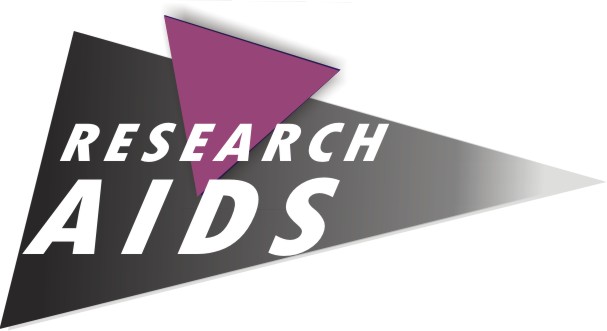HIV Aids Progressive
HIV progressively weakens the human immune system and makes infected people more vulnerable to infectious diseases and tumors. The most advanced stage of HIV infection is AIDS. HIV is transmitted through sexual intercourse, contaminated blood transfusions and needles, and mother-to-child transmission during pregnancy, childbirth, and breastfeeding.
HIV/AIDS is one of the most serious health and development challenges the world has ever known. Since the first HIV cases were identified in 1981, more than 25 million people have died of AIDS-related illnesses. Globally, 33 million people were living with HIV/AIDS in 2007, and 2 million people died of AIDS in the same year, the majority of them in Sub-Saharan Africa.17 The pandemic also has a severe economic impact, as it primarily affects people in their most productive years. Estimates suggest that high-prevalence countries suffer a 0.5 percent to 1.5 percent reduction in GDP per year (over 10 to 20 years) due to HIV/AIDS.18
HIV Results
Political and financial commitments really can make a difference in global health, as witnessed by the extraordinary results achieved in the fight against HIV/AIDS.
Treatment coverage has been scaled up in low- and middle-income countries, from virtually no treatment seven years ago to nearly 4 million people receiving ART by May 2009.8 The greatest increase was achieved in Sub-Saharan Africa, where the number of people receiving lifesaving medicines grew from 80,000 in 2003 to 2.1 million in 2007, an increase in regional coverage from 2 percent to 30 percent.
The unmatched scale-up of treatment has been strongly supported by a dramatic reduction in prices for ART [from $10,000 (U.S.) to $12,000 (U.S.) in the late 1990s to $170 (U.S.) in 2007, in low-income countries].9 This was made possible by the entry of new generic manufacturers into the market, and the work of various organizations to negotiate reduced prices, most notably the William J. Clinton Foundation.10
Rapid progress has also been made in expanding access to PMTCT services.11 Coverage with PMTCT services in low- and middle-income countries tripled in recent years, from 10 percent in 2004 to 33 percent in 2007.
After decades of increasing mortality and incidence, there are also encour-aging indications of impact in the fight against the pandemic:
• Reduction in mortality: UNAIDS estimates that the global number of AIDS-related deaths declined for the first time ever, from 2.2 million in 2005 to 2 million in 2007, largely due to the dramatically improved access to ART. The number of child deaths due to AIDS peaked at 320,000 in 2003 but has declined since then to 270,000 in 2007. According to UNAIDS, this is both a result of increased ART access and a decline in new infections among children.
• Decline in global HIV incidence: The number of new HIV infections declined from 3 million in 2001 to 2.7 million in 2007. In some countries, the growing access to PMTCT considerably reduced mother-to-child-transmissions. In Cambodia Lesotho , Namibia , South Africa , and Swaziland
• Lives saved: Upcoming evidence shows that the unprecedented investments directed at HIV/AIDS saved millions of lives. A study from Stanford University
